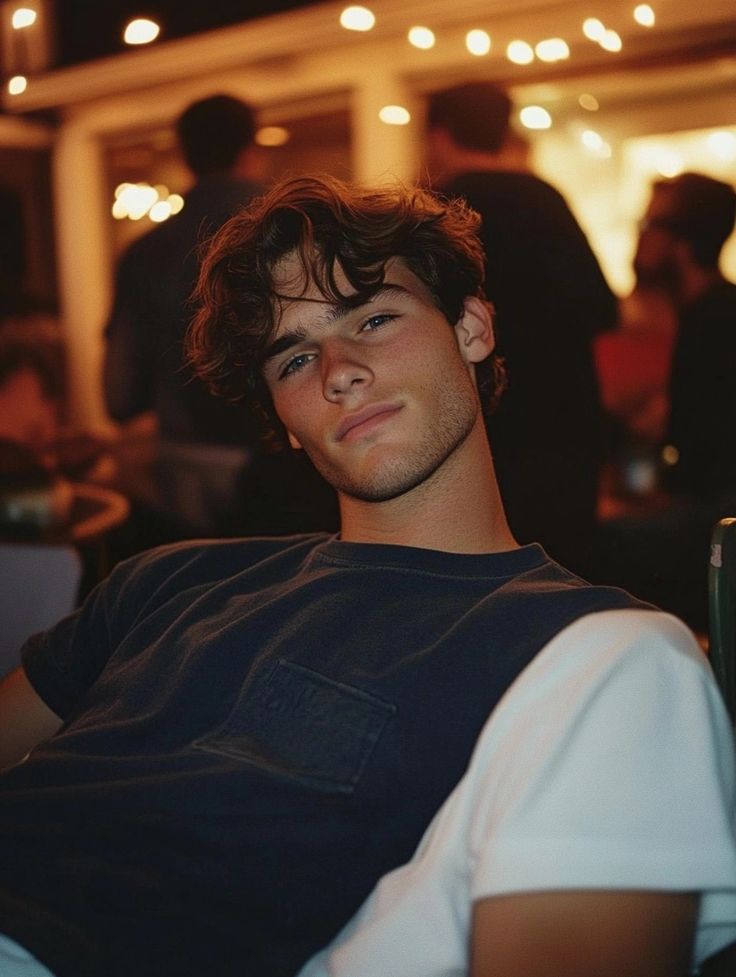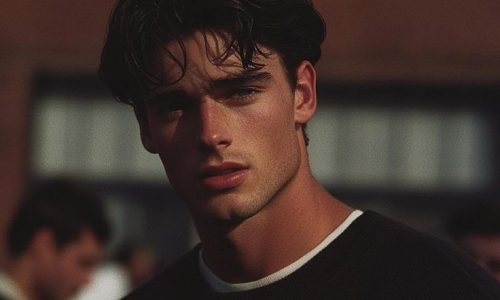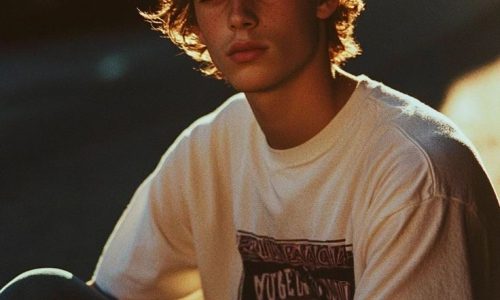
Trend Watch: What Gen Z and Millennials Are Wearing in 2025
Introduction to Fashion Evolution in 2025
The fashion landscape of 2025 is a dynamic fusion of aesthetic values, cultural transformations, and technological advances that speak directly to the sensibilities of Gen Z and Millennials. These two generational forces, while distinct in their formative experiences, have found common ground in the pursuit of authenticity, sustainability, and self-expression through their clothing choices. As society becomes more digitally connected and socially conscious, the garments worn by young adults in 2025 reflect a kaleidoscope of intentions—from eco-awareness to digital escapism. Understanding what these generations wear today offers a window into broader conversations about identity, values, and the ever-evolving definition of style.
Defining Style in the Age of Digital Influence
Digital culture has become an inseparable component of modern fashion. Platforms such as TikTok, Instagram, and emerging metaverse environments have redefined how trends begin and spread. In 2025, Gen Z and Millennials no longer wait for seasonal runway shows to dictate what’s next; instead, they look to their peers, influencers, and even digital avatars for inspiration. Viral aesthetics such as “clean girl,” “blokecore,” and “cottagegoth” gain momentum through visual storytelling and algorithmic amplification. Style is curated in real-time, with individual expression driving engagement and visibility. As a result, personal style has become more fluid and multifaceted, transcending the confines of traditional fashion categories.
The Impact of Sustainability and Ethical Choices
Conscious consumption is no longer a fringe concern—it’s a defining trait of the fashion-forward youth in 2025. Both Gen Z and Millennials are placing growing importance on how their clothing is made, who makes it, and what its environmental impact is. This has led to a surge in brands adopting transparent supply chains, upcycling initiatives, and eco-certifications. Thrifted outfits, secondhand designer pieces, and handmade garments have become the currency of cool. The allure lies not just in sustainability but in the uniqueness of each piece. Young shoppers are more willing than ever to invest in items that carry a story and a reduced carbon footprint, making the fashion landscape both more mindful and more diverse.
Technology Meets Textiles: Smart Fashion for the Digital Native
The integration of technology and fashion has reached a sophisticated level by 2025, with smart textiles and wearable devices becoming part of everyday attire. Millennials and Gen Z consumers are gravitating towards garments that offer more than aesthetic appeal—clothing now tracks health metrics, adjusts to environmental conditions, and even interacts with digital platforms. LED-embedded jackets, color-shifting fabrics, and AI-enhanced styling assistants represent the new frontier of tech-infused fashion. Beyond functionality, these innovations enable new forms of self-expression, allowing wearers to project mood, identity, or affiliation in both physical and virtual realms.
Gender Fluidity and the Break from Traditional Norms
The dissolution of rigid gender binaries has catalyzed one of the most transformative movements in contemporary fashion. In 2025, both Gen Z and Millennials are embracing clothing that resists categorization, favoring fluid silhouettes, unisex designs, and inclusive sizing. Designers are responding by creating lines that prioritize fit and comfort for all body types without assigning them to male or female categories. The lines between menswear and womenswear continue to blur, as skirts, crop tops, and nail polish become commonplace in male-presenting wardrobes, while combat boots and oversized tailoring find their place in female-presenting ensembles. This sartorial freedom reflects a broader societal shift toward acceptance and individuality.
From Normcore to Subculture Revivals
While minimalism still has its place, 2025 is also witnessing a resurgence of niche aesthetics and microtrends rooted in past subcultures. From the return of rave-inspired neon and baggy pants to the gothic elegance of Victorian punk, fashion in 2025 celebrates subcultural nostalgia with a modern twist. Gen Z in particular gravitates toward styles that tell stories—be they historical, fantastical, or futuristic. Millennials, balancing nostalgia with functionality, often reinterpret these subcultures in more refined or practical ways. The beauty of the current fashion ecosystem lies in its diversity, where various movements coexist and even overlap, creating layered, multidimensional identities through clothing.
Conclusion: Redefining the Future Through Fabric and Identity
As we step deeper into the fabric of 2025, the fashion choices of Gen Z and Millennials continue to act as a vibrant narrative of individuality, ethics, and cultural awareness. These generations are not simply wearing clothes; they are embodying values and visions that speak volumes about where society is heading. Whether through sustainable practices, tech-enhanced wearables, or boundary-defying silhouettes, today’s youth are actively shaping a fashion future that prioritizes purpose over prestige.
Style in 2025 is no longer about conformity or fleeting trends—it is an evolving dialogue between self-expression and social evolution. The garments chosen by these two dynamic age groups reflect a world that is inclusive, technologically advanced, and unapologetically personal. From digital runways to thrift store treasures, from AI-designed ensembles to nostalgic revivals, Gen Z and Millennials are dressing not just for today, but for the legacy they wish to leave behind.


